Catching 2,000 eels in a day? Hiking 90 miles to check the locations of survey marks? Creating a “wanted poster” to help find a missing horseshoe crab? These are just a few of the amazing things volunteers do to support NOAA citizen science projects. This Citizen Science Month, we are excited to highlight a few of these dedicated participants and their contributions to our understanding of the world around us.
Citizen science is a form of open collaboration in which people volunteer to participate in the scientific process. We asked NOAA researchers to put us in touch with some volunteers who have gone the extra mile (in some cases, literally!) to support their projects.
We are thankful for these volunteers and hope you enjoy reading the stories they shared with us.
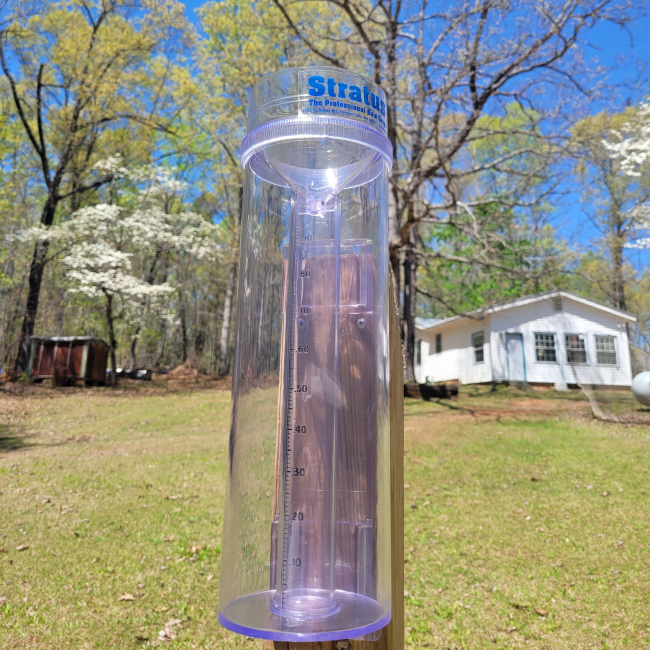
Volunteer: Joshua Gosnell
Year Participated: 2022-2023
Joshua Gosnell is a lifelong weather enthusiast who has been working with CoCoRaHS, the Community Collaborative Rain, Hail, and Snow Network, since 2022. CoCoRaHS is a grassroots volunteer network that focuses on measuring precipitation. Volunteers install rain gauges outside their homes or in their communities. Their reports from these gauges are shared with a variety of organizations including the National Weather Service. Read below as Joshua shares his experience as “a person who loves weather but has a disability or Autism” and describes how CoCoRaHS has helped fuel his passion.
Why do you participate in this project?
I have loved weather ever since I was 10 years old, when I saw my first tornado damage by helping my grandfather out cleaning up our town. Our small town got hit. It was an F1 tornado by the way. Anyways, after seeing that, I wanna get into the weather. I was hooked to the point I tried to build my own weather station as a teenager. And it wasn't easy. I failed in most cases. But I still love rain, I mean a lot, as well as thunderstorms and snow. I should have joined then, like in 2000. But I was young and distracted with school and teenager life.
I grew up and saw storms come and go. I even tried to log some of the storms through all this, and rain of course. But I just got into other things. By now I'm in my late 30s. I stay at home due to my disability. And secondly, I live in the foothills of South Carolina where it's like the edge of a rainforest. So in 2022 I decided I wanna join sooner. I mean way sooner, or a long time ago. But I joined. I know it's a lifelong journey.
What has been the highlight of your work as a citizen scientist?
I keep a weather log everyday. I was doing it last year but gave up at 129 logs. But this time, I never gave up. But I'm now picking back up my daily weather log. And with my three weather stations I own, I'm happy. I have seen tons of rain. And days where 0.0 [inches of rainfall] really add up. Like I recorded my first big drought. And I was a part of it. It really made me feel good to see my rain of over 3 inches on the news and on the NWS GSP weather report.
Has your participation affected you? How have you benefited from being involved?
I really love doing this. Weather has been in my blood. And I may be a person with Autism. But I tend to think I'm smart at what I do.
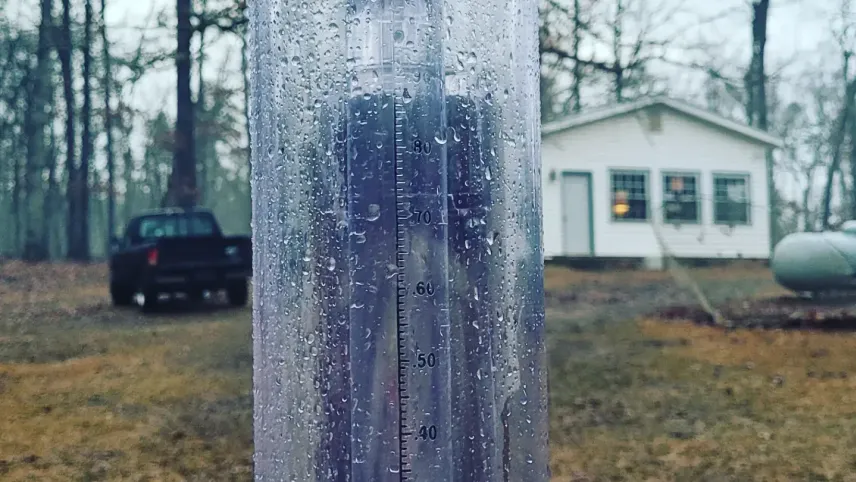
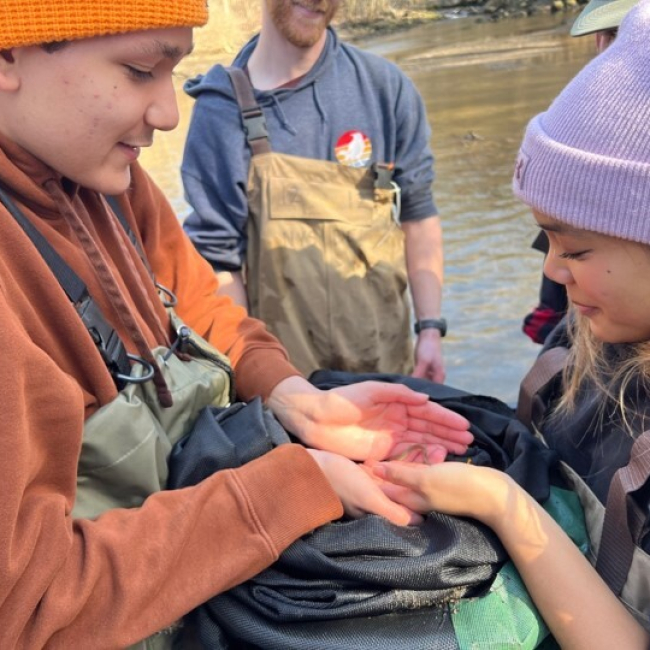
Volunteers: Eva Lagdamen and Benjamin Sankar
Year Participated: 2022-2023
One of the best aspects of citizen science is that, for many projects, you can participate at any age! Our next two volunteers are high school students in New York that contribute to the Hudson River Eels project. Through the project, hundreds of people come together each spring to monitor the annual migration of juvenile American eels as they move from the Atlantic Ocean into the Hudson River. Volunteers catch eels using specialty nets and carefully weigh them before releasing them upstream. Over 1 million eels have been measured since the project began in 2008. Check out some online resources including virtual classroom presentations and informational videos about the project. Eva Lagdamen and Benjamin Sankar discuss how they have been introduced to not only the academic world that surrounds marine life, but also the community they have become a part of.
Why do you participate in this project?
Eva: I took part in this study because I wanted to research just about anything that had to do with marine life for my science research project. I've always enjoyed the ocean, and through literature, I became aware of the various negative consequences that anthropogenic activity was having on marine life. I wanted to be a part of anything that helped with that investigation, and this project provided the ideal way for me to explore one of my passions.
Benjamin: I participate in the Hudson River Eel Project through my high school’s science research program. In choosing my area of interest as a sophomore last year, I decided that I did not want to be confined to a lab setting. The Hudson River Eel Project seemed like the perfect choice for me as I can easily and actively participate in a field setting within my community.
What has been the highlight of your work as a citizen scientist?
Eva: The highlight of my work as a citizen scientist is learning from other volunteers who participate in the Eel Project. Through this endeavor, I have met many wonderful individuals who all share my passion for aquatic life.
Benjamin: The highlight of my work as a citizen scientist would definitely be catching 2,187 eels in one day! It was not only a record catch for the Furnace Brook site, but it was really great to add such an interesting data point to the data set. It also contributed to a more interesting results section for my poster presentation.
Has your participation affected you? How have you benefited from being involved?
Eva: My involvement has had a significant impact on me. I got to experience field work firsthand, which is something that typical high school students don't get to do. I've benefited greatly from being a participant in this project since I get to learn while having fun. When the weather doesn't cooperate on some days, you have to act quickly since things can occasionally go missing. When things go wrong during sampling, I've learned to adapt to a variety of situations.
Benjamin: My participation has led me to appreciate the value of the participation of the community in a project like this. The continuity of this project, as well as that of my personal project, would not be possible without the continuous participation of the community; I am thankful for their involvement.
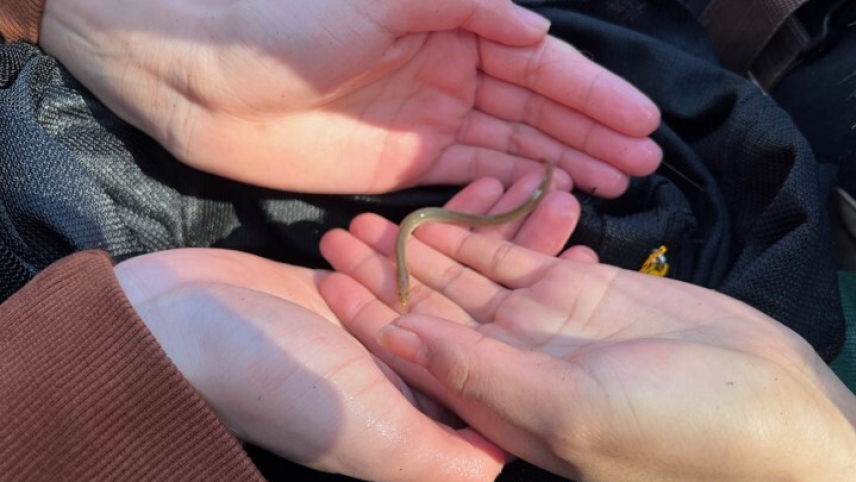
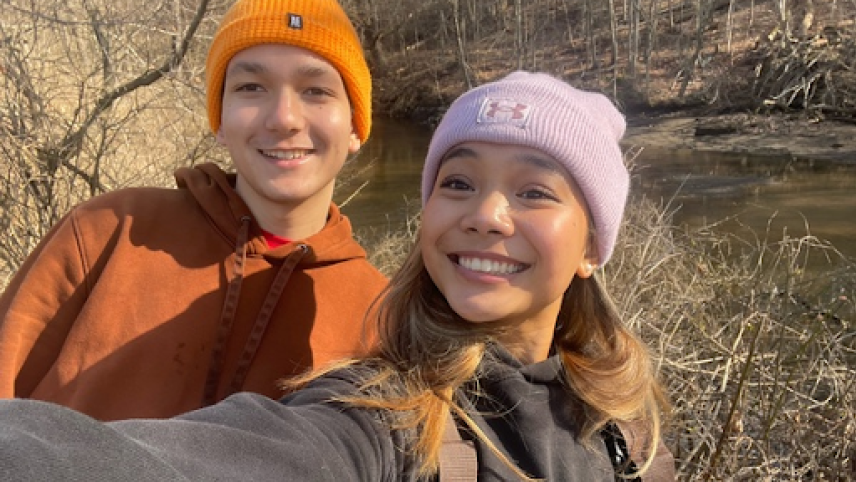
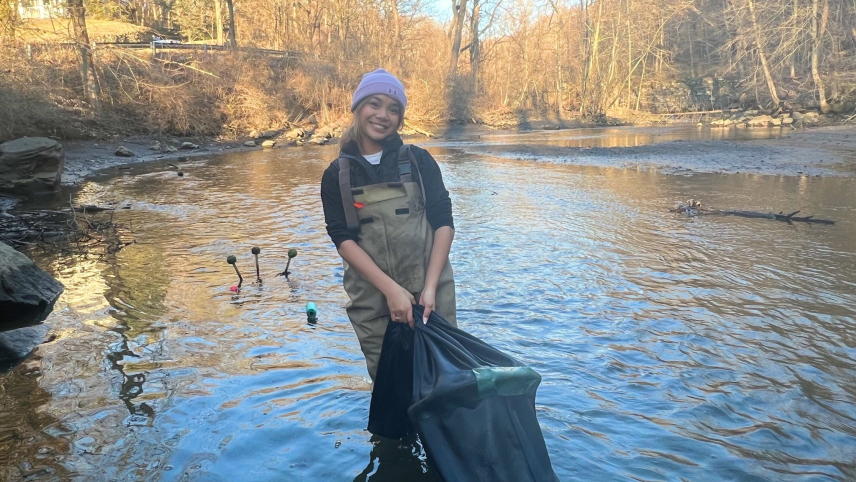
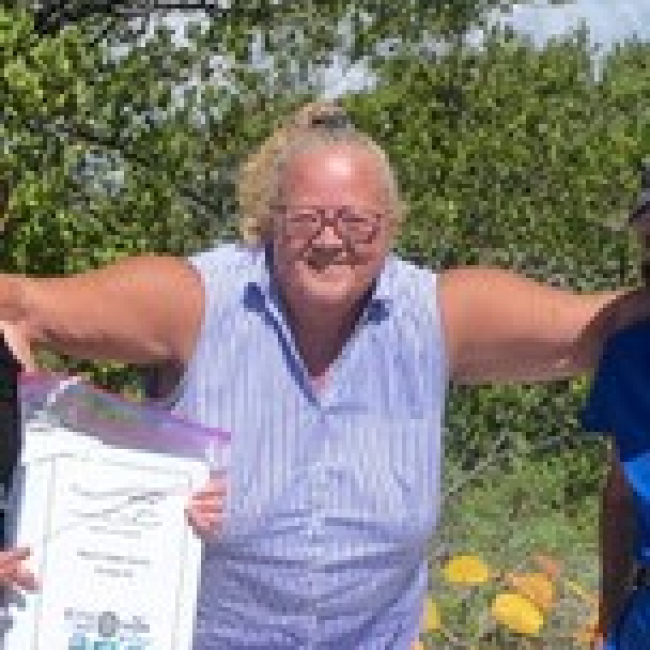
Volunteer: Linda Palewicz
Year Participated: 2022-2023
Linda Palewicz, a longtime Miami resident, has volunteered with the Florida Horseshoe Crab Watch program since 2022. Linda helps researchers track horseshoe crab populations, which have lately been in decline. She was one of the surveyors to encounter and tag the first horseshoe crab (which the team named “Frank”) in Miami Dade county. Last summer, Linda tagged another horseshoe crab (named “Virginia”) at a new survey location in Virginia Key. Linda also brings a sense of creativity and fun to the project. After she and a fellow volunteer spotted a crab that scuttled away so quickly they were unable to take data and tag him, Linda made a mock “wanted” poster for the escapee!
Why do you participate in this project?
I chose to participate in the horseshoe crab hunt with the intent to help identify their existence in Miami Dade County. I remember them 40 years ago being so prolific on the beaches here. Now I hope our efforts in finding them here today will help us know where they have all gone.
What has been the highlight of your work as a citizen scientist?
The highlight of being a citizen scientist is the hunt that happens each time we go out looking for those little critters! Finding one is just the coolest thing. Finding one and then gathering the data and tagging them is so exciting! The reward of naming the crabs we have caught and released gives just the right personal touch to the project!
Has your participation affected you? How have you benefited from being involved?
This experience has certainly affected the way I view the ways we have changed nature, unfortunately for the worse. This project has also very much personalized finding and identifying horseshoe crabs. It has opened my eyes to how we so easily can tip the scale.
I just want to say that horseshoe crab hunting is by far the most rewarding volunteer experience I have ever taken on. The Horseshoe Hunters will prevail in finding these little guys and bringing them back to our shores!
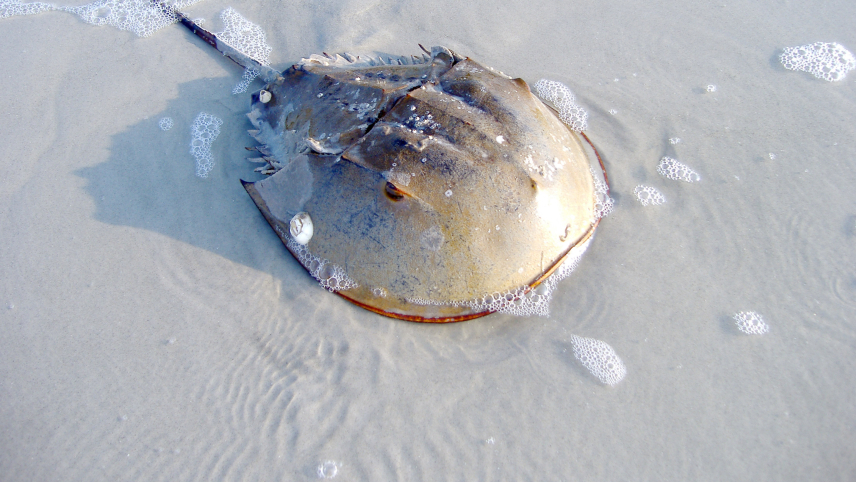
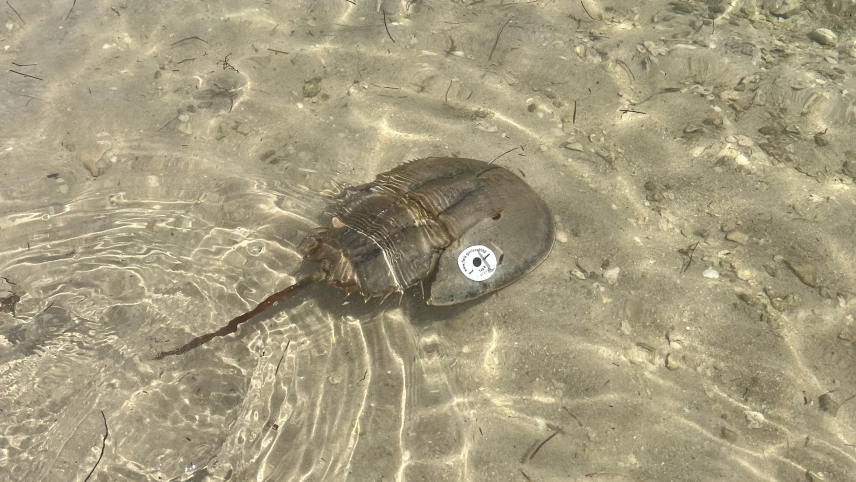
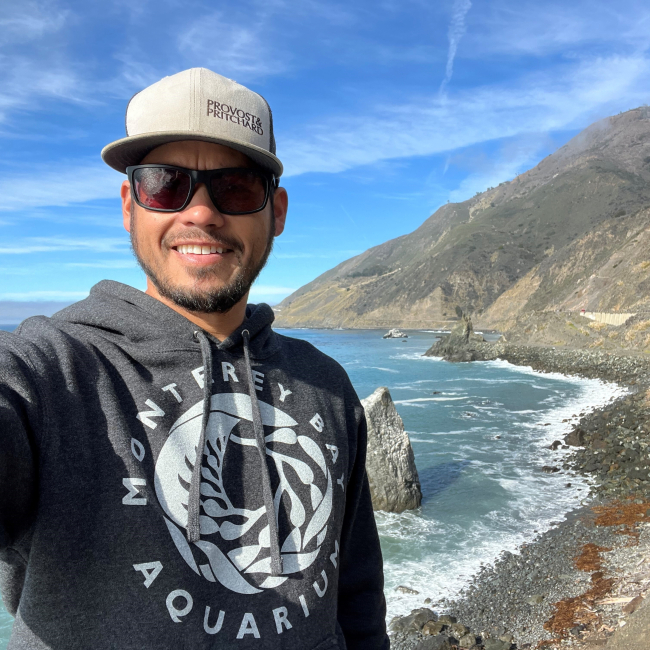
Volunteer: Philip Melcher
Year Participated: 2019-2022
Philip Melcher is one of the GPS on BenchMarks program’s most prolific volunteers. Since 2019, he has submitted more than 4,700 hours of GPS observations. In the process, he traveled thousands of miles by truck, bike, kayak, and foot — all to observe important survey marks, called “benchmarks,” that are essential for modernizing our National Spatial Reference System. In his career as a civil engineer specializing in agriculture and irrigation districts, Philip uses benchmarks while surveying land for clients. Due to many factors, such as the surface of the Earth changing over time, many of these benchmarks are no longer accurate. Learn more about why Philip participates in this program.
Why do you participate in this project?
I originally started participating in this project when one of our Registered Civil Engineers requested help from land surveyors to get GPS observations on six benchmarks that were scattered around the Central Valley of California with the new GEOID 18 model. I had the time and equipment to occupy and submit these needed data to the National Geodetic Survey. Having worked in the Central Valley for 17 years, I utilized these benchmarks frequently for horizontal and vertical positions (longitude, latitude, and elevation). I knew through experience, they were not correct. Through this project, I found an opportunity to show what I see through the GPS on BenchMarks program.
What has been the highlight of your work as a citizen scientist?
As a citizen scientist, the highlight for me has been my ability to gather these data throughout the Pacific Southwest. Although I’m not a scientist or geodesist, I’m excited that I can provide the data that the National Geodetic Survey needs to improve the National Spatial Reference System. Finding these benchmarks is always an adventure, whether hiking, biking, running, kayaking, or swimming through a shiver of leopard sharks, and reading 50 to 100 year old descriptions of how to find them.
Has your participation affected you? How have you benefited from being involved?
I have an overall sense of accomplishment knowing that the data I provide will help with science, the communities I work in, and will be of benefit to all surveyors. I can see how everything is related at a macro level. The ultimate benefit will be after the modernized National Spatial Reference System is in place.
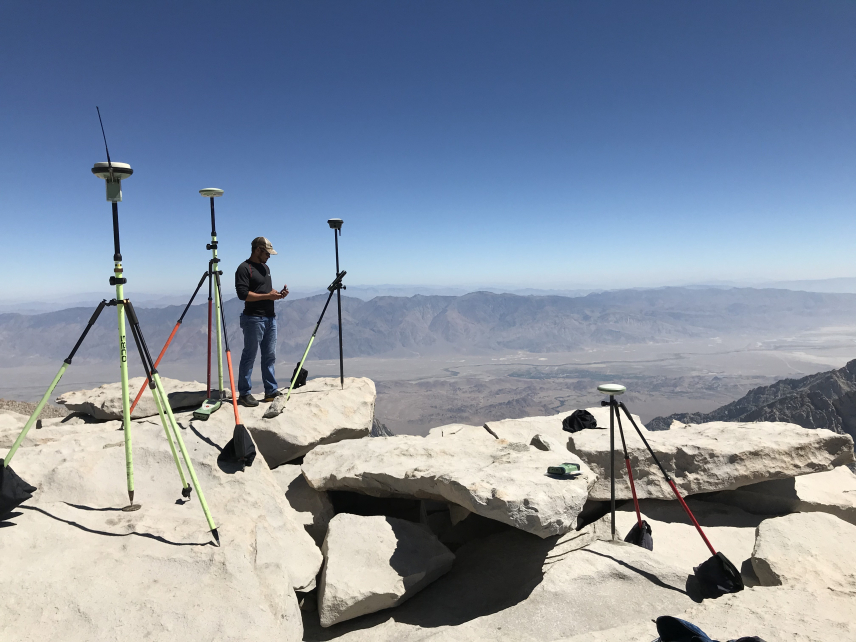
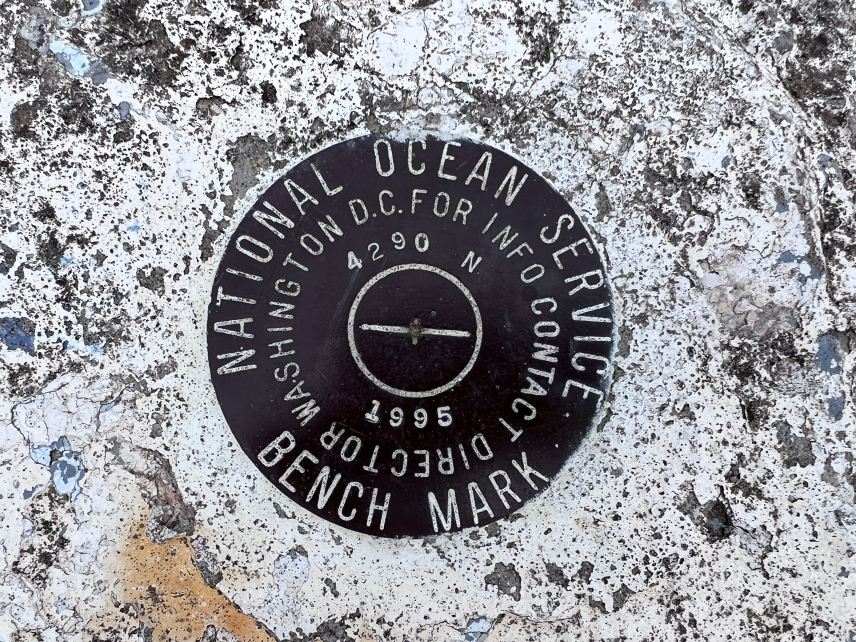
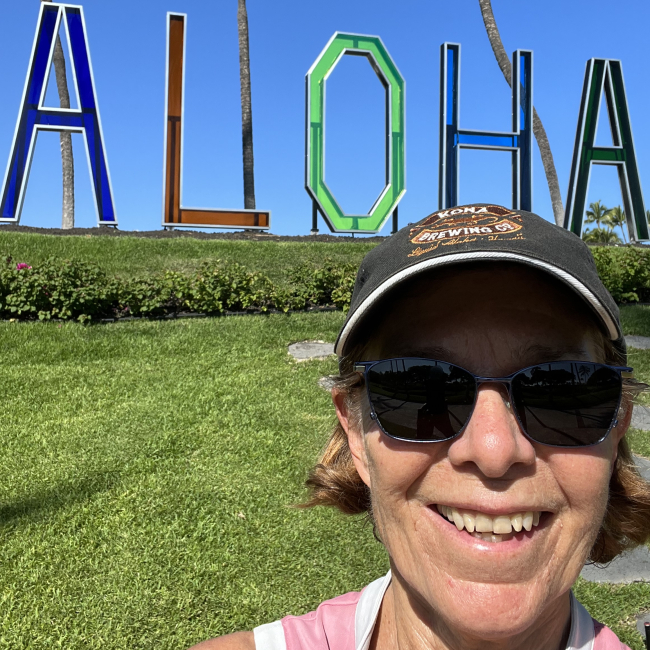
Volunteer: Mary-Sue Atkinson
Year Participated: 2019-2022
Mary-Sue Atkinson may live in Canada, but that hasn’t stopped her from becoming the volunteer who has reported the most Hawaiian green sea turtles (honu) to the Honu Count program. The Honu Count program helps NOAA researchers track turtles as they complete their migrations. Even when she’s not visiting Hawai‘i, Mary-Sue continues to work with the Honu Count team by email and demonstrates remarkable success in this new era of virtual work!
Why do you participate in this project?
Being passionate about the environment, I am a citizen science volunteer for programs here in Vancouver, British Columbia, Canada. On vacations to Hawai‘i, I walk by the ocean and count the beautiful turtles from Wailua Bay to Anaeho‘omalu Bay. In 2019, I spotted a turtle with a number on its shell. I knew it must have been part of a study, so I went online and reported it. NOAA sent me interesting information about that turtle and were grateful for my sighting. That inspired me!
What has been the highlight of your work as a citizen scientist?
The highlight of being a citizen scientist is being part of the team helping to understand green sea turtle movement, home range, and migration as well as numbers. It is vital to determine the resilience of the honu in the face of climate change. Together we are learning so much! It is fun looking for marked turtles and we have sighted seven! One of the turtles had been stranded and tagged and released on Maui. They are truly amazing living dinosaurs that need our help.
Has your participation affected you? How have you benefited from being involved?
I have benefited by learning about the honu and what we can do to protect them. I love sharing this knowledge. Education is vital for conserving this magnificent species. My participation reinforces to me how our daily actions matter. It has inspired me to take on other actions while visiting Hawai‘i, like doing cleanups at Hāpuna Beach. Thank you to the Honu Count team for keeping all of the volunteers informed about our turtles and how our efforts are helping. I love Honu Count and being part of the team.




